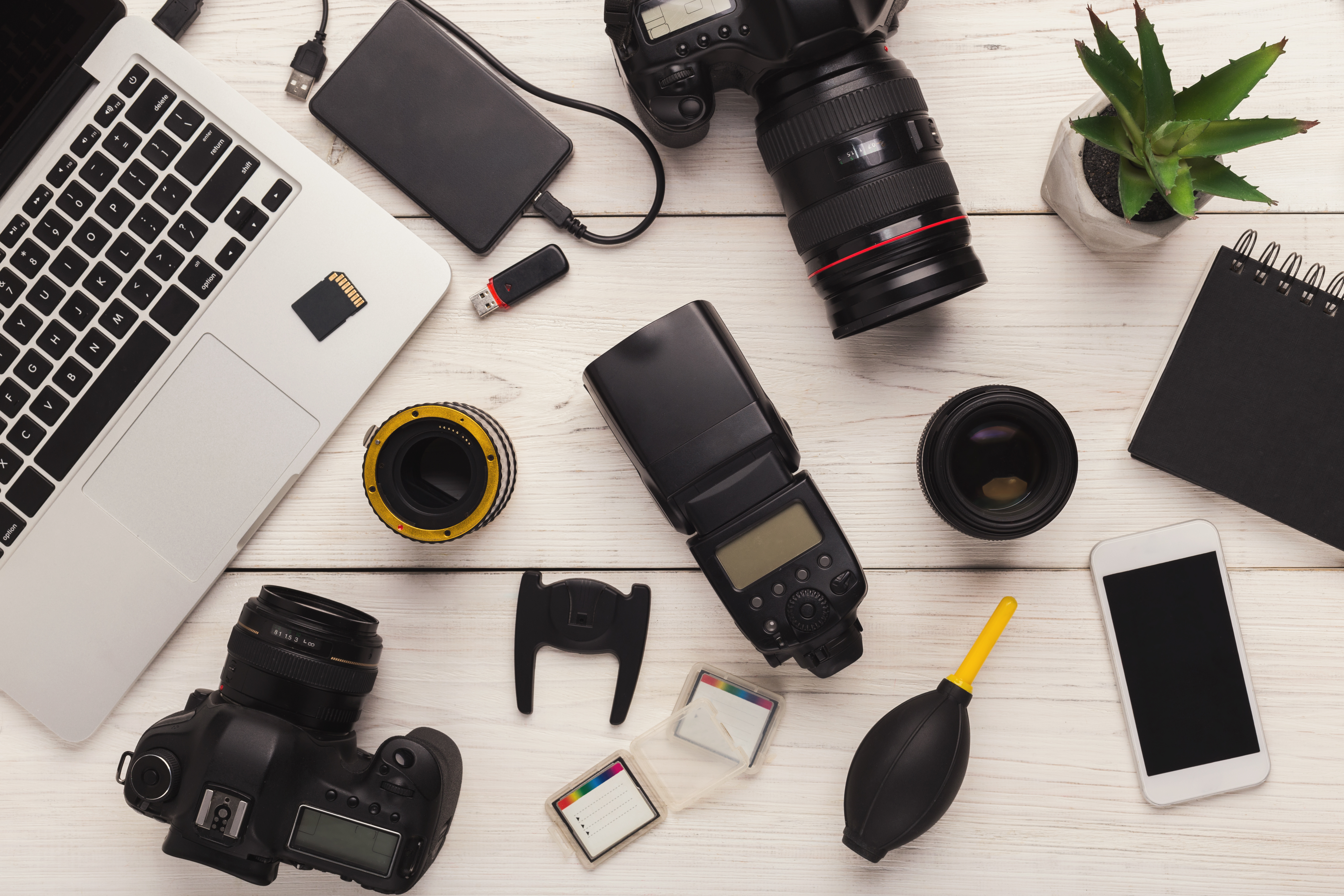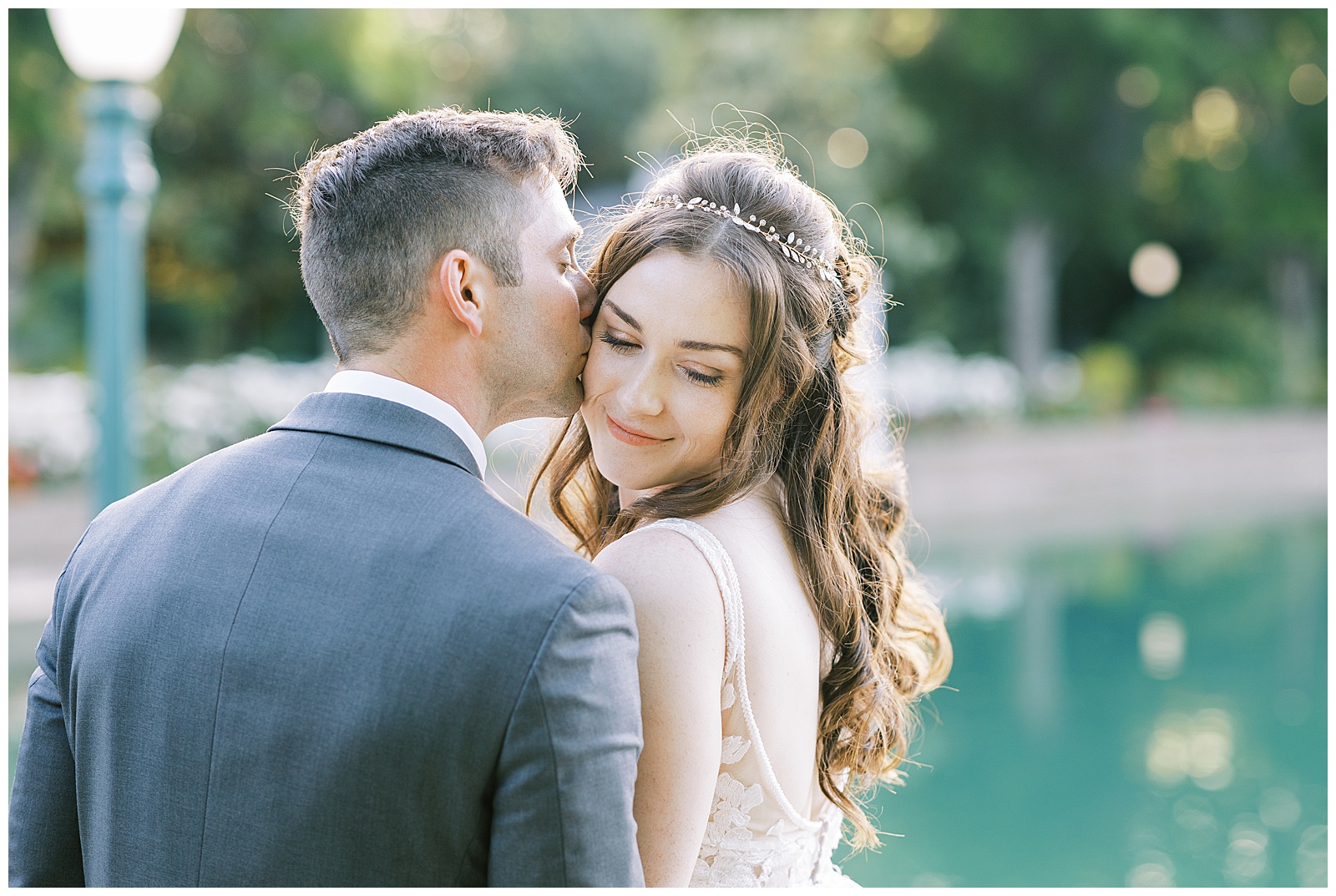Whether you’re a professional photographer or a mom with a camera, memory card failure is everyone’s worst nightmare. Especially when you’re capturing precious moments you want to save or print!
For many of my clients with cameras, they have the same one memory card that lives in that camera pretty much 24/7. They only take it out once a year when it’s completely full, they delete a bad picture off the card in their camera and they erase the card from their computer after they save the pictures. As a photographer, I am constantly rotating my cards for sessions so it’s not always the same card, but we all have to care for them the same to minimize the risk of card failure.

Check your card first
When you purchase a new memory card, don’t test it out for the first time during a photoshoot or important moment. Test it out and put it on your computer and check to see that your files are recording correctly and there are no issues. It’s rare, but you can get a dud card, even brand new.
Format your card
On any DSLR camera, you should have the option to format your card. It’ll be on the yellow settings menu for most Canon users. Formatting your card will basically “reset” the card and create the folder system needed to save and store the new images on your card. It does erase all photos from the card so before you format, make sure that you’ve saved your photos on your computer or have them backed up somewhere like a backup hard drive. This is my favorite backup drive. If you accidentally format the card, you may still be able to get the images back with image recovery software, so consult an expert if this happens.
Write down the date
I use SanDisk Extreme Pro memory cards (both CF and SD cards) Most of my clients cameras will only hold an SD card, but most photographers use one or both of these cards. The SD cards have a teenie little line on the front where you could write down a date with a small permanent marker. The CF Cards have space of the back to write it down. This helps with knowing the use life of the card.
Since I use my cards almost daily, I retire a card after about a year and a half, or if I feel it’s running a little slower and not recording my images as quickly as it used to. I work with them so much I know what to expect and what to look for. If a card ever corrupted, I’d trash it. My camera holds two cards so if one did fail, the other is my backup. Since I rotate my cards and retire them before this happens, I haven’t had to cross that bridge yet.
If you’re just taking photos of your family every once in awhile, your card should last for several years. Memory cards are so inexpensive now though, if you feel like your card is old, go spend the roughly $40 for a new one. Obviously the more storage you want, the more expensive the card, but they’re still relatively inexpensive.
Do not TOUCH the delete button
Deleting the images in camera can actually damage your card. It doesn’t really delete the image, it creates a hidden space for that file so not only is it taking up more space storing the file somewhere else on the card, it also can confuse the system. If you’re card is nearly full, your camera can get confused because what looks like empty space really isn’t and so it may try and fill this space with a photo you’re trying to take. This can cause corruption on your memory card and you’ll risk losing the images for good. If you don’t want that image around, save the images onto your computer and then format the card. Anytime you need to erase the images off your card, FORMAT IT! It’ll clear the card and “restart” the cards storage system making it clean and easy to use.
Back them up
When I get home from a wedding, I immediately transfer my cards to my backup hard drive. Then, I store the memory cards in a safe place until the images have been delivered to the client. I will not format a used card until the client has their final files delivered. I do this in case some unforeseen crazy circumstance presents itself and my computer and my hard drive crash at the same time, I’ll still have the original memory card with all the files in tact.
Don’t erase the card on your computer
There’s conflicting tips on this – is the computer or the camera better? My personal preference is to format the card in the camera I’m using. I have two main shooters; a Canon 5D Mark III. Even though they are the same camera, I format cards before use in either camera because from what I’ve researched, that is better for the card. And if you think about it, it makes sense. When you format the card inside the camera you’re going to be using it on, that specific camera will set up the folders on card to store your images correctly and without error. I want to minimize the risk of corruption as much as possible, and this is the best way to accomplish that.
Don’t leave them in the heat or the sun
If you’ve been following my journey for awhile, then you know I have a full time job and photography is my side gig. Because of this, I often have to bring my camera with me to work to rush off to a shoot that evening. The worst thing you can do is leave your memory cards out in the sun or the heat. We get heat real bad here in central California, and internal car temperatures can reach upwards of 120 degrees. Imagine all of those metal parts in your memory card sitting in that temperature all day long. You’ll run the risk of card damage, but also battery damage and damage to the sensitive parts of your camera as well.
Store them in the original case OR purchase one
CF Cards have tiny holes in them – almost like your old Super Nintendo cartridges. I know I wasn’t the only one trying to blow the dust out so my game would play! So keeping these tiny holes clean is important. I do this by keeping my cards in this waterproof case. I have a red one (for used cards) and a yellow one (for my ok-to-use cards). This way during an event I know which case to put my cards in when I switch them out. It also keeps the cards safe from dust and water…supposedly. I’m not going to test this one out I’ll just take their word for it.
Don’t fill it completely
Again, it’s just best practices for your storage. Filling a memory card complete full runs the risk of corruption. On my DSLR camera, there’s a little number giving me an estimated number of images left. That’s literally just an estimate so if you do fill it too full and you try and ask the camera to write an image on a full card, it’s going to try and find somewhere to fit the file and may corrupt your data. Which leads me to…
Use several “small” cards instead of one “large” card. By this I mean in the storage capacity of your cards. Here’s the deal fellow photogs; I hear you. Switching cards can be a hassle. You can easily shoot a full wedding on 1 large storage card. But let me ask you; What would you do if your 128GB card were to fail and you lost an entire event? I shoot on 32GB memory cards, and I switch before it’s full. There’s a handy little number on my camera that’ll tell me how much space is left. As I said earlier, this is just an estimate, but it’s very handy.
Typically I shoot all the pre-wedding and ceremony good-ness on two cards (one in each camera) and switch before the reception. This way I know I won’t run out of room on my cards, and I’ll have 2 cards from two cameras with all the pre-reception files reducing my chances of lost coverage in the event of a card failure. And since I have an SD card and a CF card in each camera, that’s just an added precaution and way to ensure I never lose images.
Safely “Eject” your cards
I used to have a bad habit of yanking out my iPod without ejecting it, and then one time the whole iPod erased itself. Whoops! When I read about why it happened I learned the sad truth…ejecting your storage device will prepare the device and cease any running operations like data transfer. Your computer will stop communicating with the cards so you can take the card out safely and avoid the risk of your computer accessing a file and corrupting the card.
For Mac users, drag and drop the card on the trash icon to eject it from your computer. Windows users should have an icon on the bottom right of the screen where you can right click and choose “Safely Eject”
So whatever you’re using for camera for, you’re documenting memories and it’s important to keep those memories safe. If you follow these 10 tips, you’ll reduce your risk of card failure. Just remember, it’s all about how you care for the card.
Got questions about your memory cards? Contact me and I’d be happy to help!




